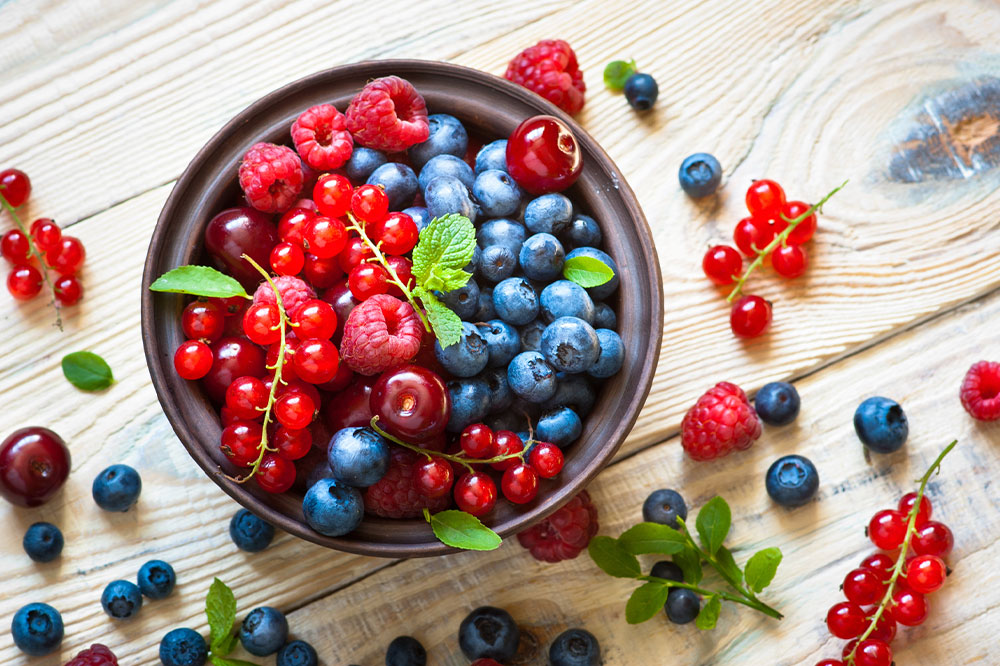8 fashion hacks to look chic instantly

Fashion trends change every season, which can make it challenging to keep up with them. Luckily, some styles never go out of style and are the cornerstones of a good wardrobe. No, this doesn’t involve buying the most expensive brands; it only involves learning how to pair clothes properly, usually things that one has in the wardrobe, to look chic. So, here are 8 fashion hacks to help one learn how to maximize one’s wardrobe.
Layering
Layering is an amazing styling technique that could help elevate one’s look. One person can style various kinds of clothes like jackets, dresses, and t-shirts of varied textures and lengths and skim through each combination to see how they can be layered best. For example, one can layer a sleeveless dress with a lightweight plain t-shirt in white or the base color of the dress. They could also mix patterns while being careful of the color palette. Moreover, layering could make a simple outfit look stylish. One should note that if one lives in a sunny region, one can consider layering one’s clothing to ensure it protects one from the sun. Long sleeves with a high neck and breathable material are viable options for sunny regions.
Adding a statement accessory
Another way to add dimension to one’s look is through accessorizing with jewelry and other clothing accessories. An ideal example is to pick chunky jewelry like a bracelet or necklace and a colorful bag to go with a monochromatic outfit. One can also instantly elevate casual clothes like a sundress or a jumpsuit by adding a pair of oversized sunglasses to create a classic look. One does not have to purchase expensive statement accessories for their outfit. Instead, they could purchase affordable belts, anklets, or rings and still look chic.
Experimenting with proportions
Those who experiment with outfit proportions will realize that it is a simple way to stay trendy and comfortable at the same time. One can experiment with pairing a baggy clothing item with a more fitted one, like a crop top and flared pants. Another example of this is a funky sweater with a pair of leggings. One could also try wide-legged pants with spaghetti tops to create a chic and balanced silhouette look. Other clothing pieces to try together include tailored blazers with a midi skirts, or ponchos with fitted pants.
Trying statement outerwear
Trying out statement outerwear is one of the top fashion hacks to instantly look chic. If one is going for a late-night event, dinner, or a get-together, one can consider bolder, more statement looks, such as a tailored suit in a unique pattern or a vibrant color. One should also consider introducing new threads to their wardrobe, such as patterned trench coats, vegan leather, and faux-fur coats. These outfits serve as easy fashion hacks to layer an outfit when one goes outdoors. Moreover, considering their thick material, the coats could also work well to keep the person warm in the winter months.
Mixing and matching prints
Print or print is always a good idea when done correctly. One should ensure they do pair clashing articles of clothing; for instance, a striped top may not go well with a floral top. However, pairing color-blocked clothes with a houndstooth print might work well. Remembering these minor details can go a long way in making one’s stand out. Also, one should remember not to accessorize too much or shift focus to other elements when painting up prints.
Picking the right belt
One should not add any belt to just any outfit. Belts might make one look shorter or hide a major outfit detail if not chosen correctly. For example, one can choose a broad, solid belt with monochromatic dresses and switch to slim belts for printed outfits. If one wants to stick to a color palette, one can pair a tan brown-colored belt with a cream-colored outfit, or navy blue and black belts with black or grey clothes. One can also try a belt in a contrasting color to the dress for a pop of color.
Going monochrome
One of the trendiest and most popular fashion styles is a monochromatic look. One can choose a shade or two slightly different from the main color, but it is important to remain within the same color family for a cohesive look. Monochrome-inspired combinations are a definite head-turner and in a good way. One could try out tailored blush pants with a silk pink blouse, white-on-white, or pop-colored co-ord sets. This style can be great for brunches, evenings, a casual summer lunch, or formal events.
Looking for inspiration
If one cannot find anything in their wardrobe to wear on a particular day or for a specific occasion, that’s okay. Instead of going out to buy a new set of clothes, they could try a new way to style their favorite pieces by looking for inspiration on the internet. The digital space has more than a thousand styles that one could try out from the comfort of one’s home. For example, one might have a white button-down that they love but never wear because they do not know how to style it. They should type “white button-down outfits” or “style white button-down” in the search bar. This will render multiple results that one can replicate and make their own with similar pieces available in their closet.
No matter how well one dresses up, one must be confident about the outfit to feel truly good about it. It is important to be comfortable in what one wears. Fashion hacks just offer styling options, and one can always approach a fashion consultant or personal stylist to discover what works best for them.


